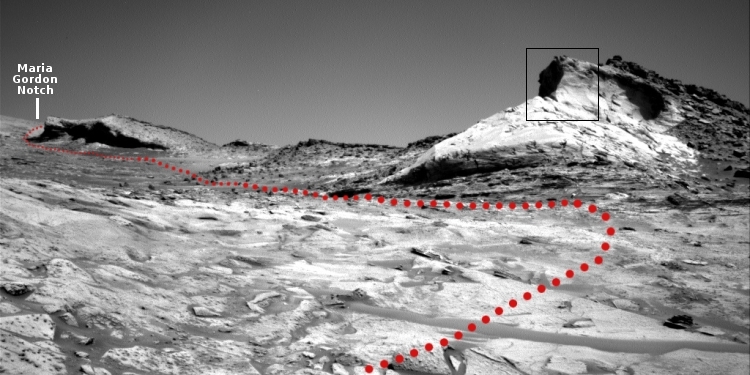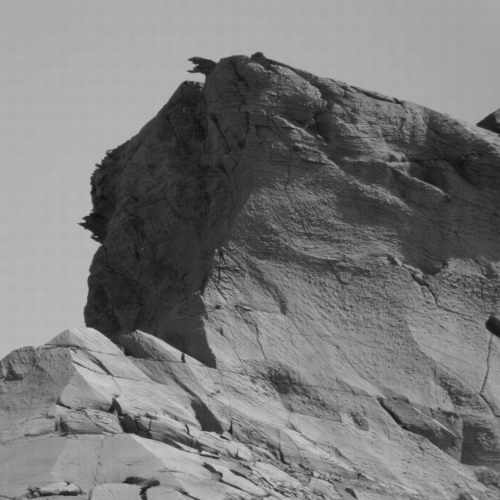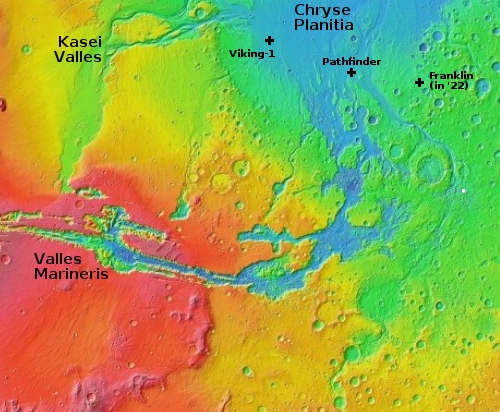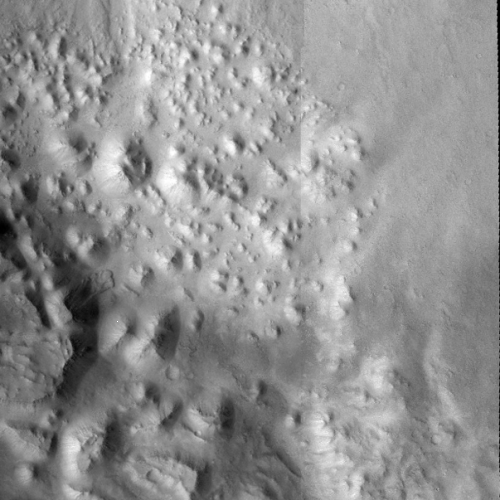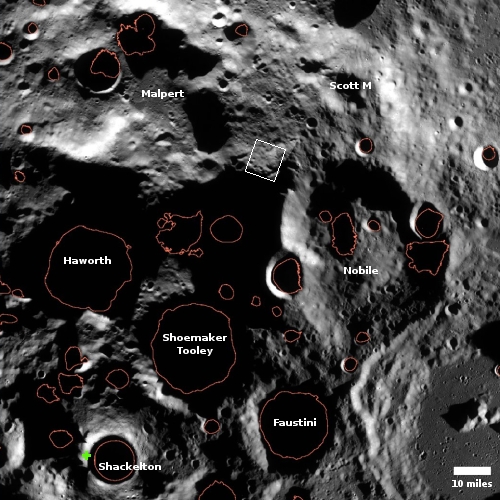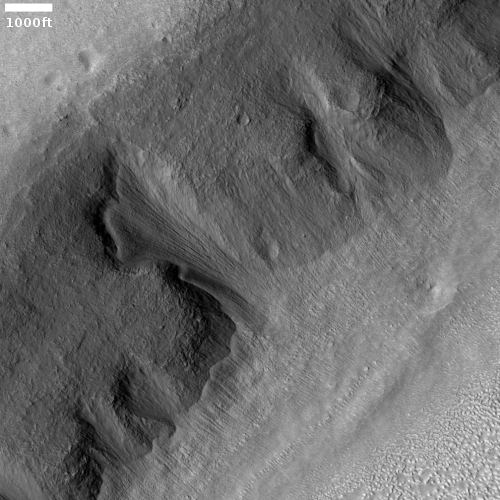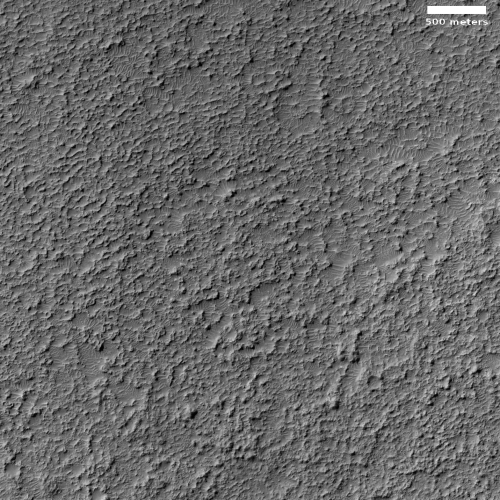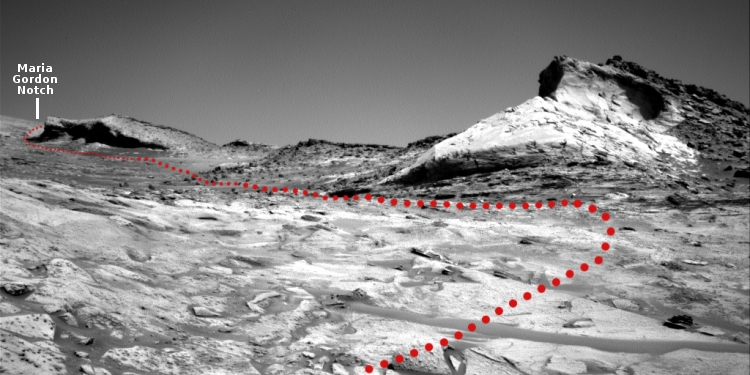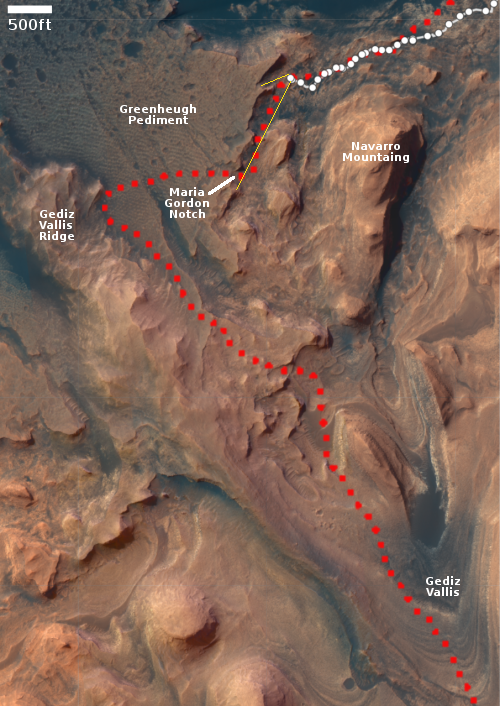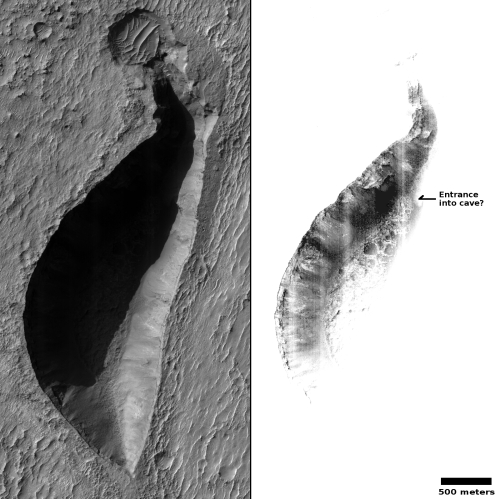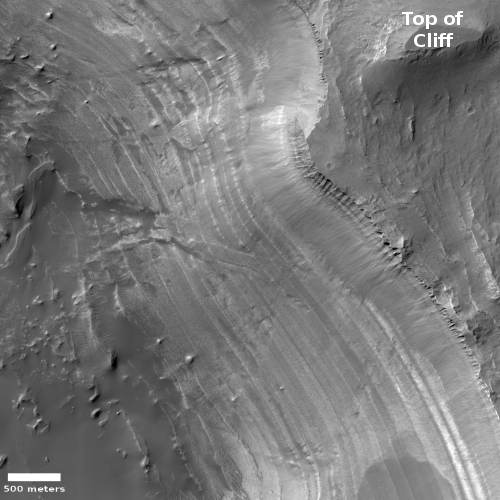Wuhan panic continues to shut down India’s space agency
While most private companies and many nations, such as China and Russia, have been launching continuously since the advent of the coronavirus panic last year, India’s space agency ISRO continues to be shut down, completing few launches with a story today suggesting that the three remaining planned launches for 2021 will likely be delayed until next year.
There have only been two launches this year – the purely commercial PSLV C-51 launch in February carrying Brazil’s earth observation satellite Amazonia-1 and the GSLV-F10 mission in August carrying an Indian earth observation satellite EOS-03 that failed.
To be sure, the space agency has plans for three more missions before the end of the year, including the first development flight of the SSLV [Small Satellite Launch Vehicle]. The other two will use India’s workhorse PSLV to launch two earth observation satellites EOS-04 and EOS-06.
“The three planned missions appear unlikely this year,” a senior scientist at the agency said on condition of anonymity.
Worse, before the year began ISRO had reduced its targeted number of missions for ’21 from 16 to 5.
The article makes believe the epidemic has shut down other programs, such as Artemis, in the same way, but that is false. NASA’s Artemis program might have lost a few months in ’20 due to the agency’s panic over COVID, but since then it has been moving as fast as it can, considering the cumbersome nature of its engineering. Even Rocket Lab, which has been badly hampered by New Zealand draconian Wuhan rules, has managed to launch eleven times since January 2020, compared to the four launches attempted by India during that same time.
Whatever has caused the shut down at ISRO, it really hasn’t been the epidemic. Something about the agency’s management and its bureaucratic culture has prevented them from resuming flights. And as they remained stalled, the private commercial companies in the U.S. and China are grabbing their customers.
While most private companies and many nations, such as China and Russia, have been launching continuously since the advent of the coronavirus panic last year, India’s space agency ISRO continues to be shut down, completing few launches with a story today suggesting that the three remaining planned launches for 2021 will likely be delayed until next year.
There have only been two launches this year – the purely commercial PSLV C-51 launch in February carrying Brazil’s earth observation satellite Amazonia-1 and the GSLV-F10 mission in August carrying an Indian earth observation satellite EOS-03 that failed.
To be sure, the space agency has plans for three more missions before the end of the year, including the first development flight of the SSLV [Small Satellite Launch Vehicle]. The other two will use India’s workhorse PSLV to launch two earth observation satellites EOS-04 and EOS-06.
“The three planned missions appear unlikely this year,” a senior scientist at the agency said on condition of anonymity.
Worse, before the year began ISRO had reduced its targeted number of missions for ’21 from 16 to 5.
The article makes believe the epidemic has shut down other programs, such as Artemis, in the same way, but that is false. NASA’s Artemis program might have lost a few months in ’20 due to the agency’s panic over COVID, but since then it has been moving as fast as it can, considering the cumbersome nature of its engineering. Even Rocket Lab, which has been badly hampered by New Zealand draconian Wuhan rules, has managed to launch eleven times since January 2020, compared to the four launches attempted by India during that same time.
Whatever has caused the shut down at ISRO, it really hasn’t been the epidemic. Something about the agency’s management and its bureaucratic culture has prevented them from resuming flights. And as they remained stalled, the private commercial companies in the U.S. and China are grabbing their customers.

